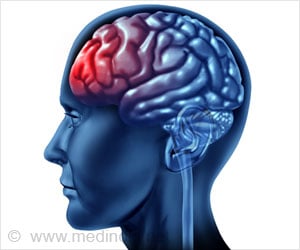According to a new study, contrast-enhanced sonography compared with sonography and CT proves to be a useful tool in the assessment of blunt abdominal trauma
According to a new study, contrast-enhanced sonography compared with sonography and CT proves to be a useful tool in the assessment of blunt abdominal trauma.
Massimo Valentino, MD, lead author of the study said “The objective of our study was to prospectively compare the diagnostic value of sonography, contrast-enhanced sonography, and CT for the detection of solid organ injuries in blunt abdominal trauma patients”.The study was conducted by the departments of emergency, internal medicine, and radiology at the University of Bologna in Bologna, Italy.
During a two year period, Dr. Valentino and colleagues performed sonography, contrast- enhanced sonography, and CT on 32 patients, male and female, ranging from 15-89 years old. All patients had “blunt abdominal trauma caused by vehicle crashes, accidental trauma, trauma while working, or trauma from participating in sports” and a “strong clinical suspicion of abdominal lesions.” Sonography and contrast enhanced sonography were then compared with CT findings, the standard technique.
The 32 patients had 35 solid organ lesions that were depicted on CT. Sixteen lesions were detected on sonography while 32 were seen on contrast-enhanced sonography. Contrast-enhanced sonography had a sensitivity of 91.4% and specificity of 100%. The sensitivity and specificity of sonography were 45.7% and 91.8% making contrast-enhanced sonography more sensitive than sonography and almost as sensitive as CT when detecting “traumatic, abdominal solid organ injuries.”
“My physicians were a little skeptical at first and continued to place more importance on the CT,” said Dr. Valentino. “But after some cases, they changed their attitude completely and now they greatly appreciate this tool, and they often ask me to carry out contrast enhanced ultrasound to rule out possible injuries to the solid organs of the abdomen, especially the spleen. The patients, too, appreciate this tool, especially youngsters and females, as it is very simple and user-friendly.”
(Source: Newswise)







